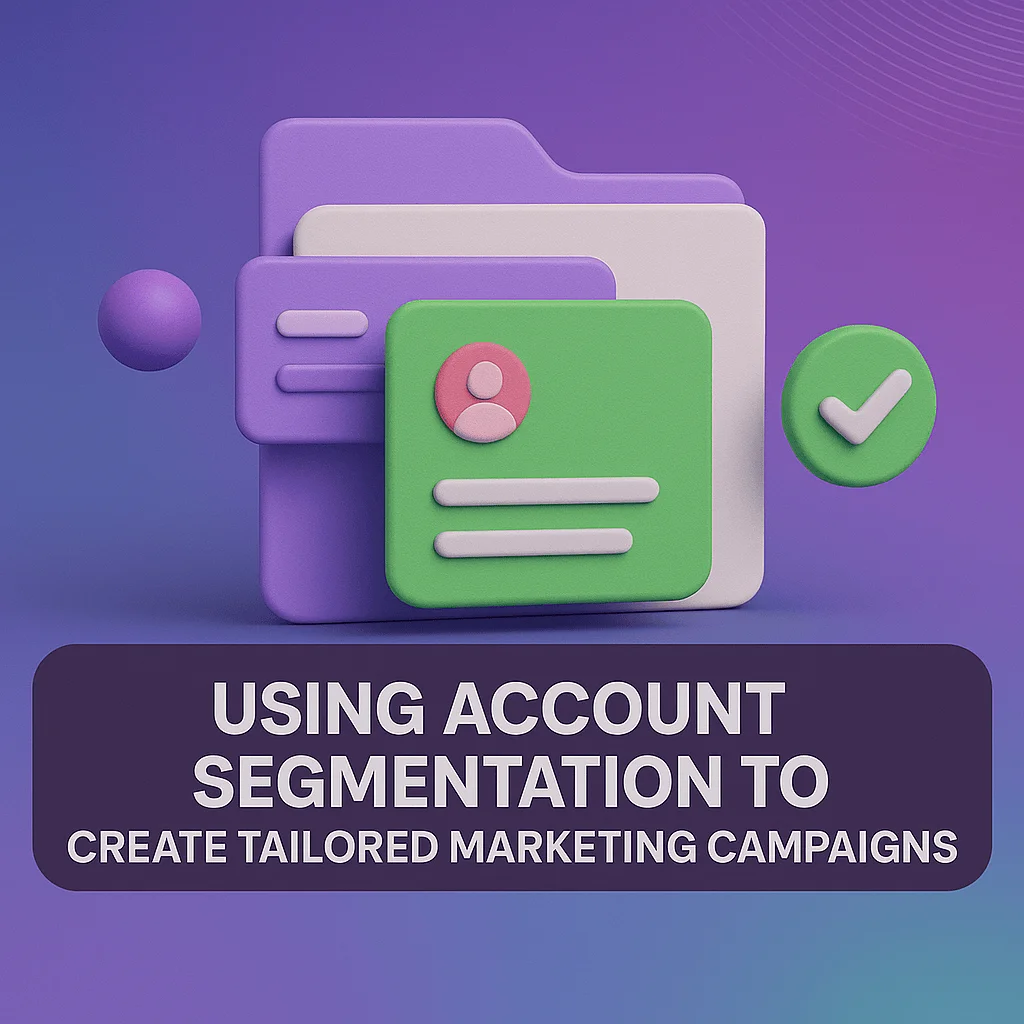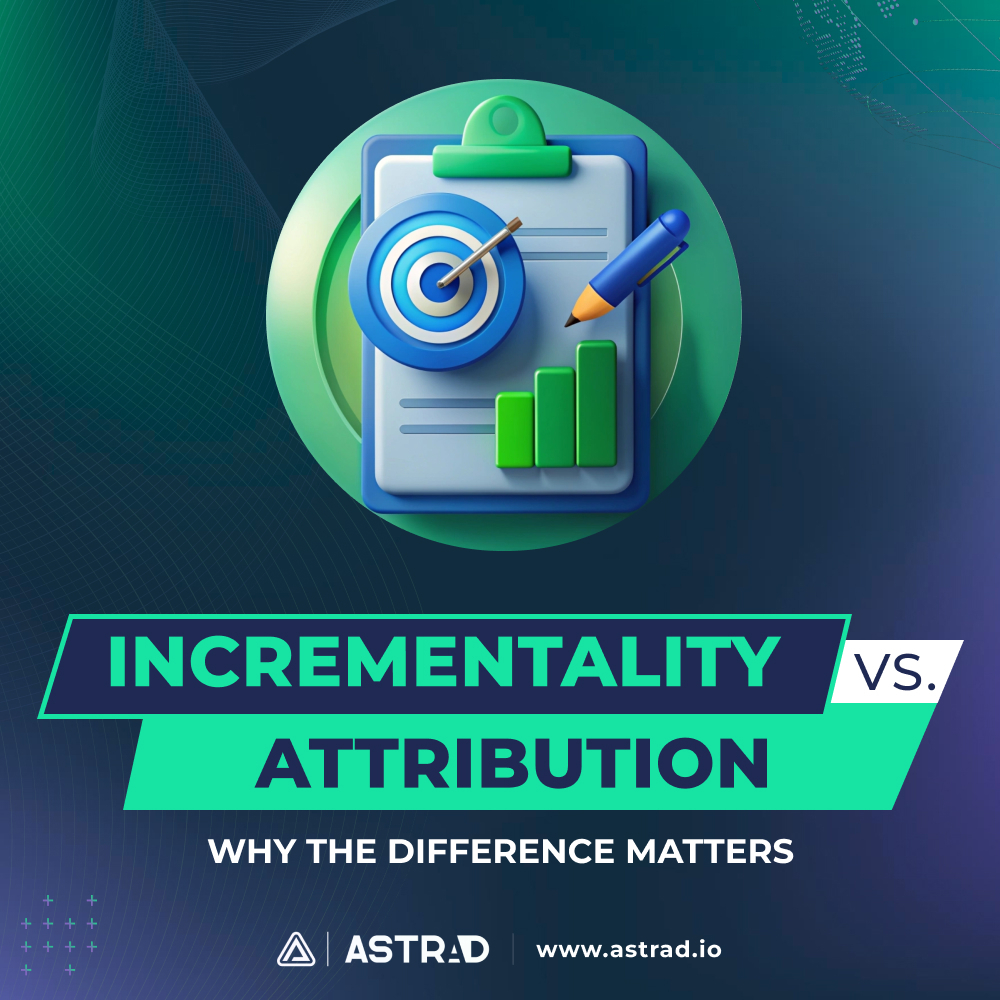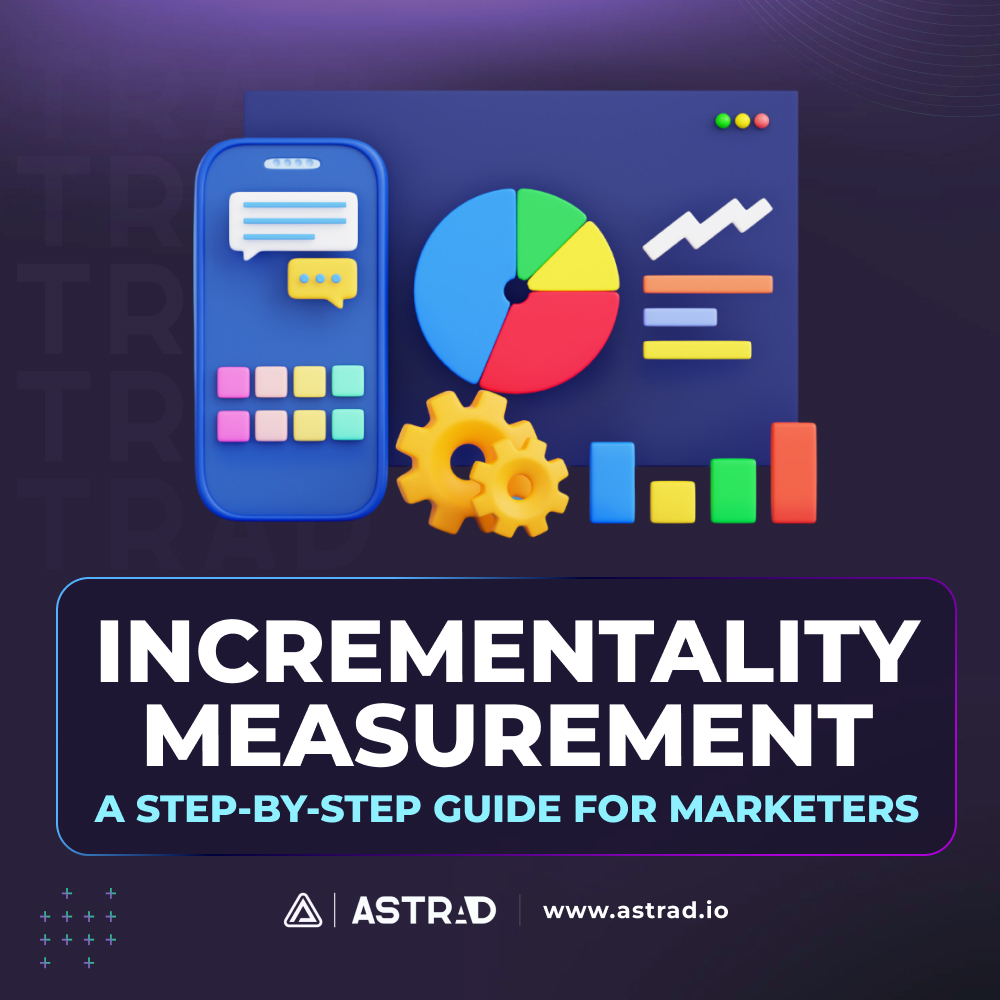Remember that friend who gives everyone the same birthday gift every year—a generic candle from the drugstore checkout line? That’s exactly what most B2B marketing campaigns look like: one-size-fits-all messages hurled at every account in their database, hoping something sticks.
Meanwhile, the smart marketers are playing a completely different game. They send manufacturing companies content about operational efficiency while simultaneously targeting tech startups with scaling solutions. It’s not magic—it’s account segmentation.
An effective account segmentation strategy helps deliver tailored, relevant campaigns that make prospects feel like you’ve been reading their minds instead of their LinkedIn profiles. The companies crushing their revenue targets aren’t the ones with the biggest budgets—they’re the ones who figured out that precision targeting beats spray-and-pray every single time.
What Is Account Segmentation?
Account segmentation is the art and science of grouping accounts based on shared characteristics or behaviors that actually matter to your business. It’s like organizing your closet—instead of throwing everything into one giant pile, you sort things by type, season, and occasion so you can find exactly what you need when you need it.
But here’s where it gets interesting: account segmentation isn’t your grandfather’s demographic segmentation. Traditional demographic segmentation is like judging a book by its cover—it tells you the company size and industry but nothing about what keeps their executives awake at 3 AM worrying about their business.
Account segmentation digs deeper. It looks at how companies behave, what they care about, where they are in their buying process, and what problems they’re actually trying to solve. It’s the difference between knowing someone works at a 500-person software company and knowing they’re a 500-person software company struggling with customer retention and desperately researching CRM solutions.
Why Account Segmentation Matters
The brutal truth about modern B2B marketing is that generic messaging is not just ineffective—it’s actively harmful to your brand. When you send the same pitch to a bootstrapped startup and a Fortune 500 enterprise, you’re telling both of them that you don’t understand their business well enough to help them succeed.
Account segmentation solves this problem by ensuring your message matches your audience’s reality. It’s about relevance at scale—the ability to speak personally to thousands of accounts without hiring thousands of salespeople.
Building an Effective Account Segmentation Strategy
Creating a segmentation strategy that actually works requires more than just sorting companies into buckets labeled “big,” “medium,” and “small.” It’s about understanding the meaningful differences that impact how accounts buy, what they value, and how they want to be sold to.
Identify Segmentation Criteria
The foundation of any solid account segmentation strategy lies in choosing the right criteria to segment by. Think of this as building the framework for your entire marketing approach—get it wrong, and everything else becomes exponentially harder.
Firmographic data represents the demographic basics of the business world:
- Industry and vertical market focus
- Company size is measured by employees or revenue
- Geographic location and market presence
- Organizational structure and decision-making hierarchy
- Growth stage from startup to enterprise
Behavioral data reveals how accounts actually interact with your brand and make decisions:
- Current stage in the buying process
- Level of engagement with your content and campaigns
- Product interest areas and feature preferences
- Communication preferences and channel usage
- Purchase timing and decision-making patterns
Technographic and intent data shows what tools they use and what they’re actively researching:
- Current technology stack and integration needs
- Intent signals from web behavior and content consumption
- Competitive research and vendor evaluation activities
- Budget allocation and purchasing authority levels
- Implementation timeline and urgency indicators
Data Collection and Management
Having great segmentation criteria means nothing if your data is garbage. The old programmer saying “garbage in, garbage out” applies here with ruthless accuracy.
Effective data collection requires multiple sources working in harmony. CRM systems capture direct interactions and sales intelligence. Marketing automation platforms track engagement patterns and content preferences. Third-party data sources fill in gaps with market intelligence and intent signals.
The key is ensuring data accuracy and completeness for reliable segmentation. This means regular data hygiene, duplicate removal, and validation processes that keep your segments sharp and actionable.
Methods to Segment Account Lists
Not all segmentation approaches are created equal. The method you choose depends on your data quality, team resources, and how sophisticated you want to get.
- Rule-based segmentation uses static rules and filters to create clear, predictable segments. If annual revenue exceeds $50 million and industry equals manufacturing, then assign to Enterprise Manufacturing segment. It’s simple, transparent, and easy to manage.
- Predictive and AI-driven segmentation analyzes patterns in your data to identify segments you might never have thought of. These systems can spot correlations between seemingly unrelated data points and create segments based on propensity to buy, lifetime value, or churn risk.
How to Segment Account Lists for Tailored Marketing Campaigns
Once you understand the theory, it’s time to put segmentation into practice. The most effective campaigns use multiple segmentation approaches layered together to create highly targeted audience groups.
Segmenting by Industry and Vertical
Industry segmentation remains one of the most powerful ways to segment accounts because different industries face fundamentally different challenges. A healthcare company worrying about HIPAA compliance has completely different priorities than a retail company focused on seasonal inventory management.
Industry-based segments allow you to speak the language of each vertical, reference industry-specific pain points, and showcase relevant use cases. When you know your audience includes mostly financial services companies, you can talk about regulatory compliance, risk management, and audit requirements without having to explain what those terms mean.
Segmenting by Buyer Persona and Role
Not everyone at a company cares about the same things. The CFO wants to see ROI projections and cost savings. The IT director wants to know about security and integration capabilities. The end users want to know how the solution will make their daily work easier.
Persona-based segmentation ensures your message resonates with the person actually reading it. This approach recognizes that title and responsibility influence what information matters most to each audience member.
Segmenting by Customer Journey Stage
Where someone is in their buying process dramatically affects what kind of messaging will be effective. Early-stage prospects need educational content that helps them understand their problem. Mid-stage prospects want to compare solutions and understand capabilities. Late-stage prospects need proof points, references, and implementation details.
Journey stage segmentation prevents you from pitching advanced features to someone who’s still figuring out if they have a problem worth solving. It’s about meeting prospects where they are, not where you wish they were.
Segmenting by Purchase History and Product Usage
Existing customers represent some of your most valuable segments, but they require completely different messaging from prospects. Recent customers need onboarding support and quick wins. Long-term customers might be ready for advanced features or additional products. Churned customers need win-back campaigns that address why they left.
Usage-based segmentation within your customer base helps identify expansion opportunities, at-risk accounts, and advocacy candidates. It’s the difference between treating all customers the same and recognizing that their relationship with your product changes over time.
Benefits of Using Account Segmentation for Tailored Campaigns
The payoff for doing segmentation right goes far beyond just having organized lists in your CRM. When you segment accounts effectively, everything else in your marketing becomes more effective.
Higher Engagement and Response Rates
Relevant messages get opened, read, and acted upon. When your email subject line references a challenge specific to their industry, or your ad copy speaks directly to their role’s responsibilities, people pay attention. Segmented campaigns consistently outperform generic broadcasts because they feel personal even when they’re automated.
Increased Sales and Conversion Efficiency
Sales teams love working with segmented leads because the qualification work is already done. When marketing hands over a lead tagged as “mid-market manufacturing company in evaluation stage,” the salesperson knows exactly how to approach the conversation. This efficiency translates directly into shorter sales cycles and higher conversion rates.
Improved Customer Experience and Loyalty
Customers notice when you understand their business. When your communications demonstrate knowledge of their industry challenges, company stage, and specific needs, it builds trust and credibility. This improved experience leads to higher customer satisfaction, better retention rates, and more referrals.
The compound effect of these benefits creates a competitive advantage that’s difficult for competitors to replicate. Companies with sophisticated segmentation strategies don’t just perform better—they create moats around their market position.
Make Every Campaign Count With Smart Segmentation
Account segmentation isn’t just a nice-to-have feature for marketing teams with extra time on their hands—it’s the foundation that separates successful campaigns from expensive experiments. The difference between companies that grow consistently and those that struggle with unpredictable results often comes down to how well they understand and segment their market.
The tools and data needed to create sophisticated segmentation strategies are more accessible than ever. The only question is whether marketing teams will use them to create laser-focused campaigns or continue broadcasting generic messages into the void.
Developing and refining a strong account segmentation strategy takes time and effort, but the alternative—competing on volume instead of precision—is a losing game in today’s market. Smart marketers know that understanding their accounts deeply enough to segment them effectively isn’t just good marketing practice; it’s a survival strategy.
Ready to stop treating all your accounts like they’re the same and start creating campaigns that actually resonate? Start segmenting your accounts today, and watch your campaign relevance and ROI transform from disappointing to dominant.Knowing how to prioritize accounts is only valuable if you can implement that knowledge effectively across your organization. Here’s how to put these principles into practice:






